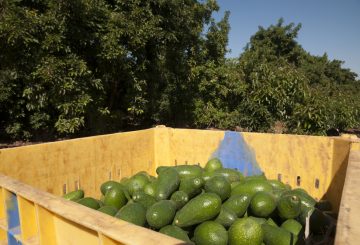2020년 뉴질랜드와 중국 모두 바이러스 퇴치를 목표로 Covid19에 대한 강경 입장을 취했다. 이 전략은 2020년 후반과 2021년 초에 걸쳐 제한적으로만 발생하면서 양국 모두에게 효과가 좋았다.
양국은 세계 다른 나라들보다 더 강력한 경제 성장을 누리고 있고 자국민들의 혼란을 제한함으로써 혜택을 보았다.
두 경우 모두 태평양 제도와 아프리카에 각각 의료진과 백신을 파견하는 등 발병에 어려움을 겪고 있는 다른 나라에 대한 지원을 아끼지 않았다.
2021년 중반, 전 세계에 확산된 Covid19의 델타 변종 사태는 다시 한번 중국과 뉴질랜드에서 발생했다. 양국 정부는 신속하고 단호하게 행동했다.
이번 중국 발발은 난징에서 시작돼 15개 성으로 확산됐다. 뉴질랜드는 오클랜드에서 시작해 웰링턴으로 퍼져나갔다. 중국과 뉴질랜드는 이번 사태 처리 과정에서 자국 내 바이러스 검사 및 예방접종 기록을 경신했다.
중국은 전체 인구의 60%가 예방접종을 완전히 마친 가운데 예방접종 캠페인을 벌이고 있다.
이번주 초 중국 국가보건위원회에 따르면 중국 당국은 7월 이후 오늘 최초로 지역에서 점염된 COVID-19 사례가 없었음을 발표하며, 이는 당국이 더 엄격하게 zero-COVID 접근 방식을 따랐기 때문이라고 밝혔다.
뉴질랜드에서는 여전히 새로운 사례가 발생하고 있지만, 이번 주에 새로운 환자 수가 감소하여 향후 2주 동안 계속 감소할 것이라는 전망이 나오고 있다.
중국과 뉴질랜드에서 이런 추세가 계속된다면 주요 델타 발생을 통제한 최초의 두 국가가 된다.






























































